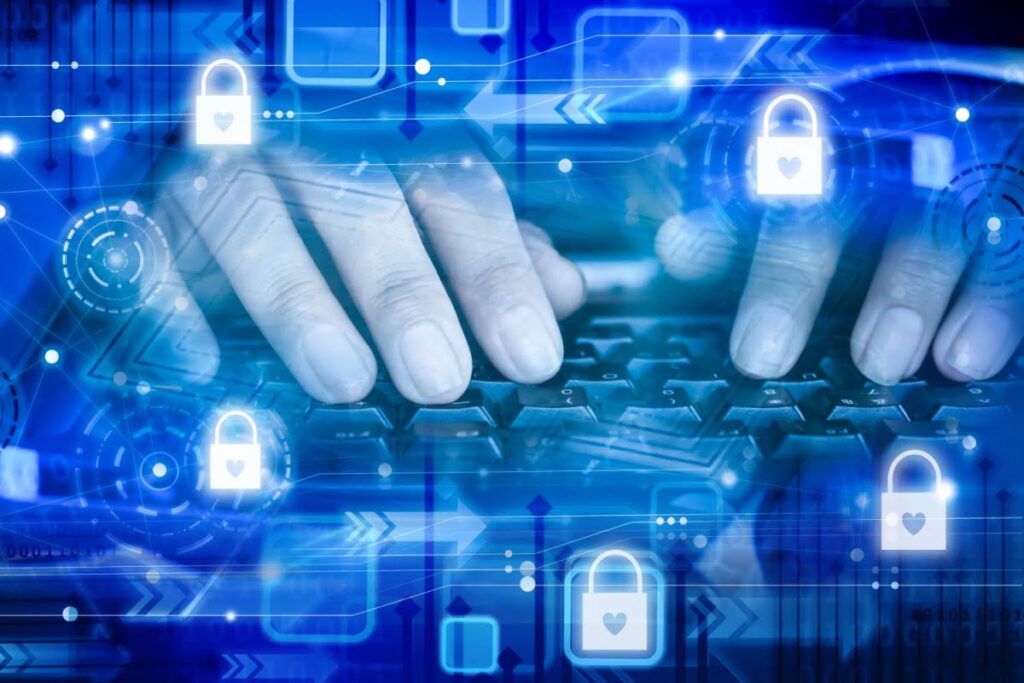How to Handle Data Acquisition During Digital Forensic Investigations

Digital forensics plays a crucial role in uncovering critical evidence from digital devices, helping law enforcement agencies, legal professionals, and organizations. A fundamental aspect of digital forensics is data acquisition, the process of securely collecting and preserving digital information for examination and analysis. Improper handling at this stage can compromise the entire investigation.
What Is Data Acquisition?
Data acquisition is the systematic process of gathering digital information from sources such as computers, smartphones, servers, and other electronic devices in a way that ensures the integrity and admissibility of evidence in court. This step is critical in digital investigations, as it preserves the evidence’s state and prevents any alteration or tampering.
In addition to securely preserving evidence, data acquisition aims to:
- Identify Relevant Data: It allows investigators to pinpoint and extract specific files, documents, or information pertinent to the case.
- Recover Deleted or Hidden Data: “Deleted” does not necessarily mean the data is gone forever. Skilled digital forensics experts can recover deleted or hidden data, shedding light on actions taken by individuals involved in the crime.
- Documentation and Chain of Custody: A meticulous record of the data acquisition process is maintained, documenting who accessed the evidence and when. This establishes a clear chain of custody, which is crucial in legal proceedings.
The Most Common Data Acquisition Methods
Digital forensic investigators carefully select the most appropriate data acquisition method to meet the specific case requirements. Here are some common methods:
Forensic Imaging (Bit-by-Bit Copy)
This is a foundational method in digital forensics. It involves creating an exact bit-by-bit copy, known as a forensic image, of the entire storage device, including hard drives, SSDs, or other media. This process ensures every piece of data is preserved, maintaining its integrity.
Disk Cloning (Disk-to-Disk Copy)
Disk cloning involves copying data directly from one storage device to another when creating a forensic image is not feasible. This method is used when an identical or similar storage device is available as a destination. Disk cloning preserves all data, including deleted or hidden information.
Logical Acquisition
Logical acquisition selectively retrieves data relevant to the investigation rather than creating a complete image of the storage device. It is commonly used for mobile devices like smartphones and tablets or when copying an entire drive or network is impractical due to size. Logical acquisition is beneficial for extracting specific information such as text messages, call logs, photos, videos, and application data. It is also less invasive and quicker than physical acquisition.
Targeted Acquisition
Targeted acquisition gathers only specific data or files from a storage device, such as deleted data or files of particular interest. This method is valuable when storage capacity is limited, allowing faster acquisition of critical evidence while reducing the volume of data to be processed and analyzed.
Consider a Digital Forensics Expert for Data Acquisition
Data acquisition is critical for uncovering evidence and ensuring justice. With the rise in crimes, the need for skilled digital forensics experts has never been greater.
Legal professionals can benefit from partnering with experienced digital forensics examiners. At Cornerstone Discovery, our team is well-versed in data acquisition and can provide valuable insight and support. By collaborating with us, you can gain access to a wealth of expertise and ensure that digital evidence is professionally collected, preserved, and analyzed in a manner that stands up to rigorous legal scrutiny. To schedule a service with our digital forensics experts, please reach out today.


